Photos Contributed by Steve Miller
After his decisive victory in the Battle of Megiddo in September 1918, General Sir Edmund Allenby's forces pursued retreating Turkish troops toward Damascus. One column, composed of his 5th Indian Mounted and Australian Cavalry Divisions, advanced directly over the Golan Heights. Interestingly, this movement followed the historic path of St. Paul, who was converted to Christianity on the road from Jerusalem to Damascus. The Allied soldiers most certainly passed through the traditional site of the conversion, the village Kokab, just northeast of Quneitra, which is shown below. The majority of the Heights were captured by the Israeli Army in the Six-Day War of 1967 and were a major battleground in the Yom Kippur War of 1973. These photos are from regular contributor Steve Miller, who visited the Heights in 1991. Sadly, we were unable to find any photos of the 1918 fighting, nor of St. Paul's earlier trip on Google images.
Click on Image to Expand
Approximation of the cavalry advance, begun 27 September 1918. (Map from the Christian Science Monitor.)
Click on Image to Expand
The Golan Heights are highland of more than 600 square miles created by volcanic activity, averaging a height of 300 meters in the south and 1100 meters in the north. The characteristic steep slopes on the west and south sides of the Heights are shown in this photo.
Click on Image to Expand
The pursuing cavalry departed the region of the Sea of Galilee and moved immediately on to the heights on 27 September 1918.
Click on Image to Expand
On 29 September 1918 Allied cavalry routed the Turkish rear guard at the village of Quneitra. This left the road to Damascus open and the city fell on 1 October. Almost two thousand years earlier, St. Paul (then known as Saul of Taurus) received his spiritual enlightenment nearby.
Click on Image to Expand

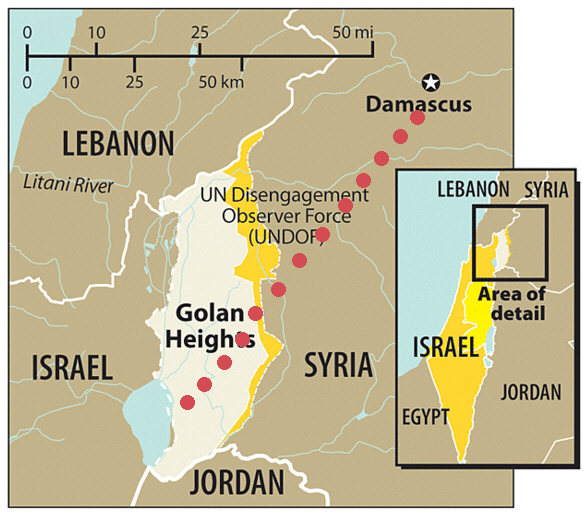
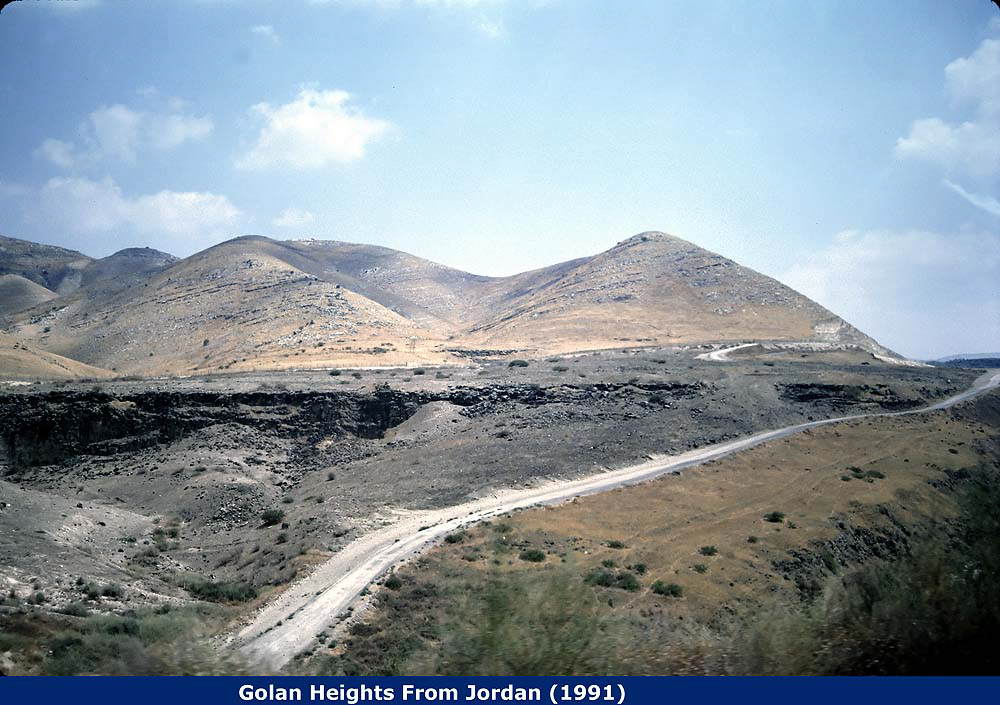
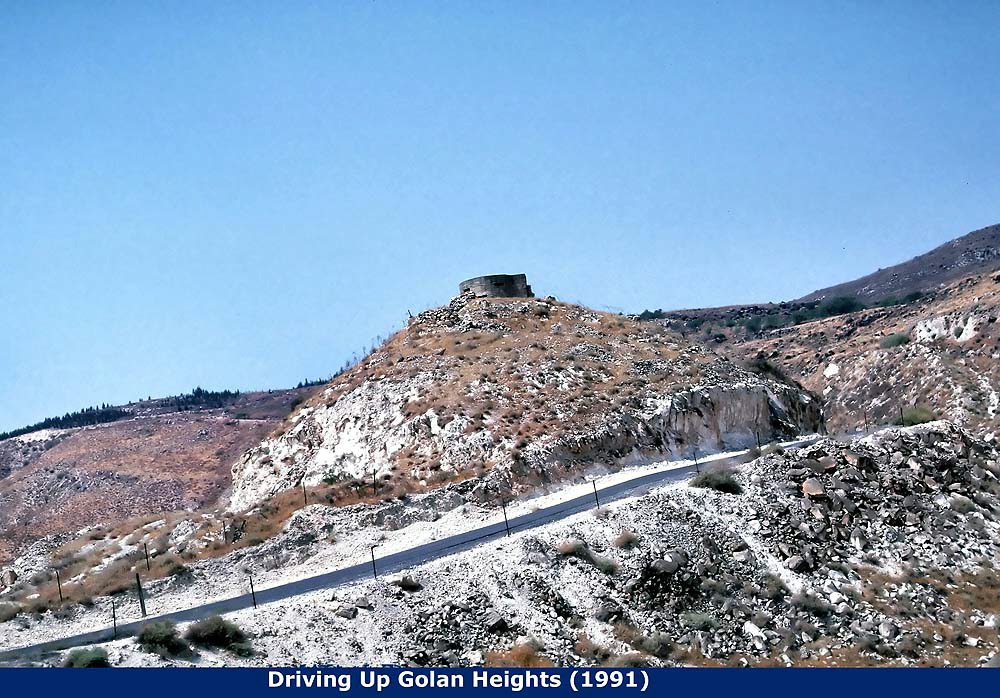
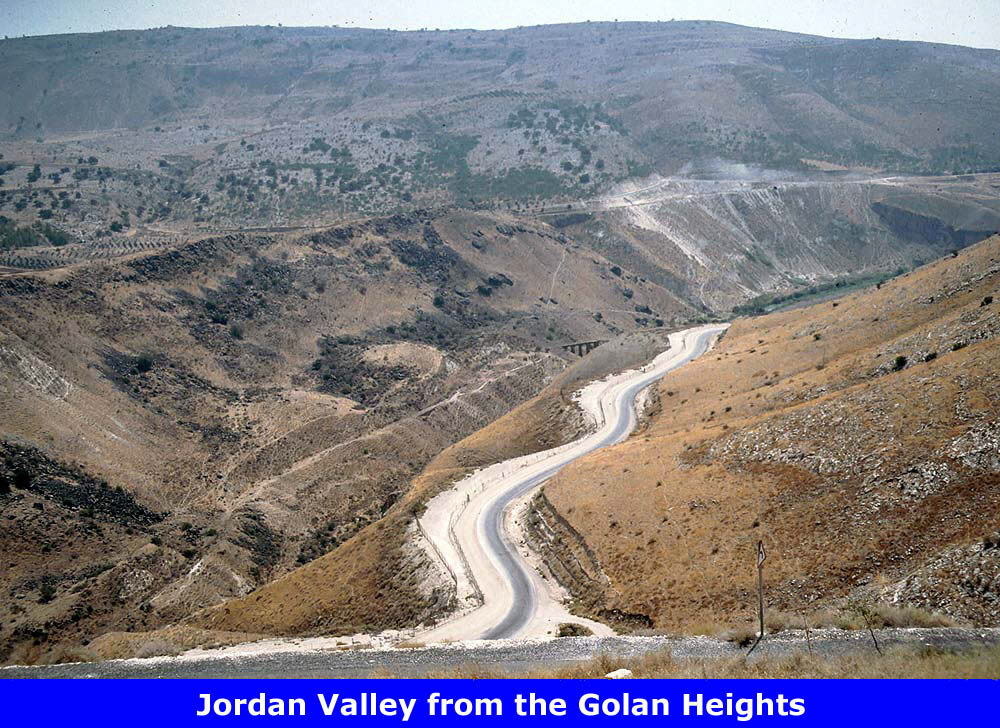
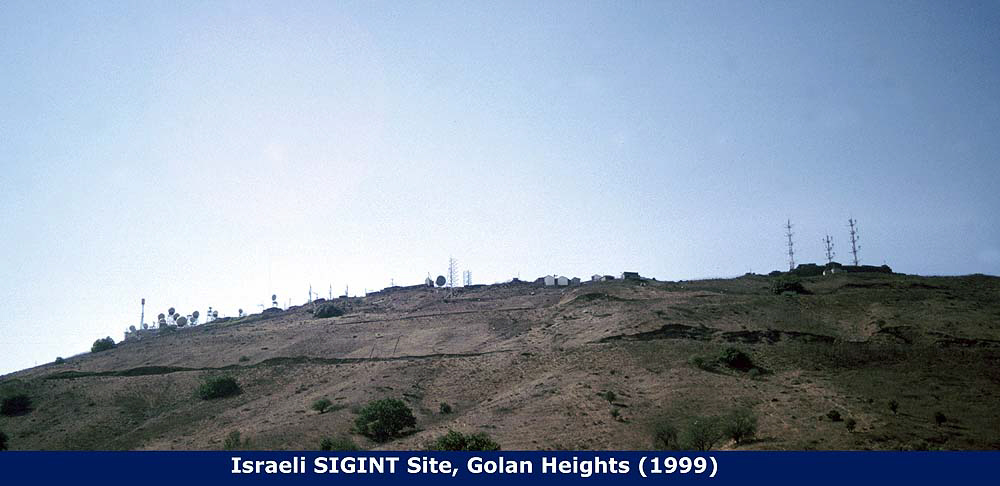
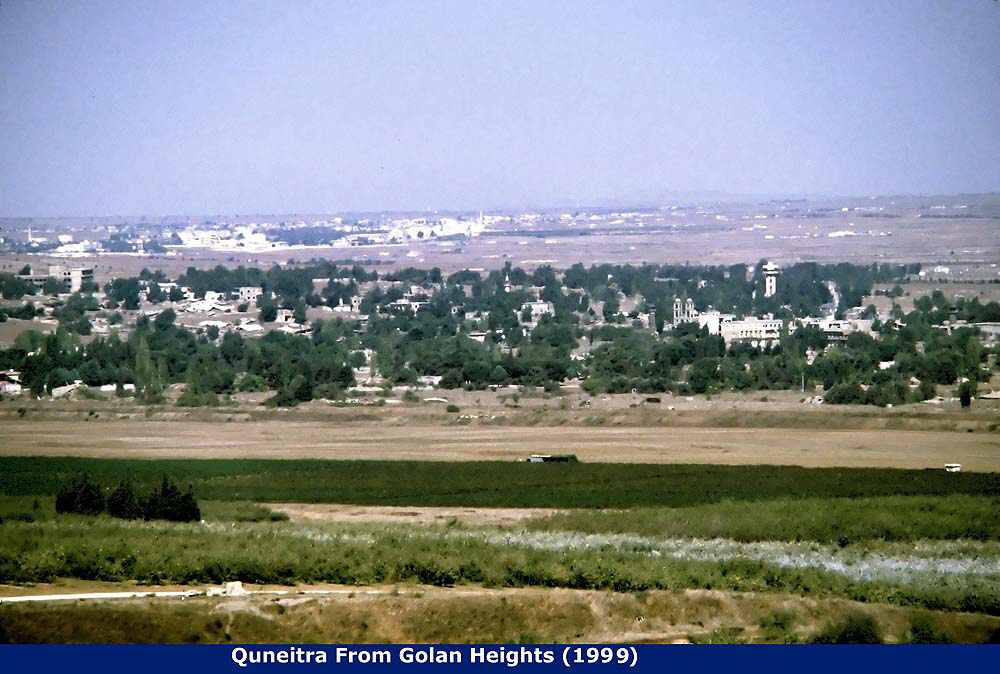
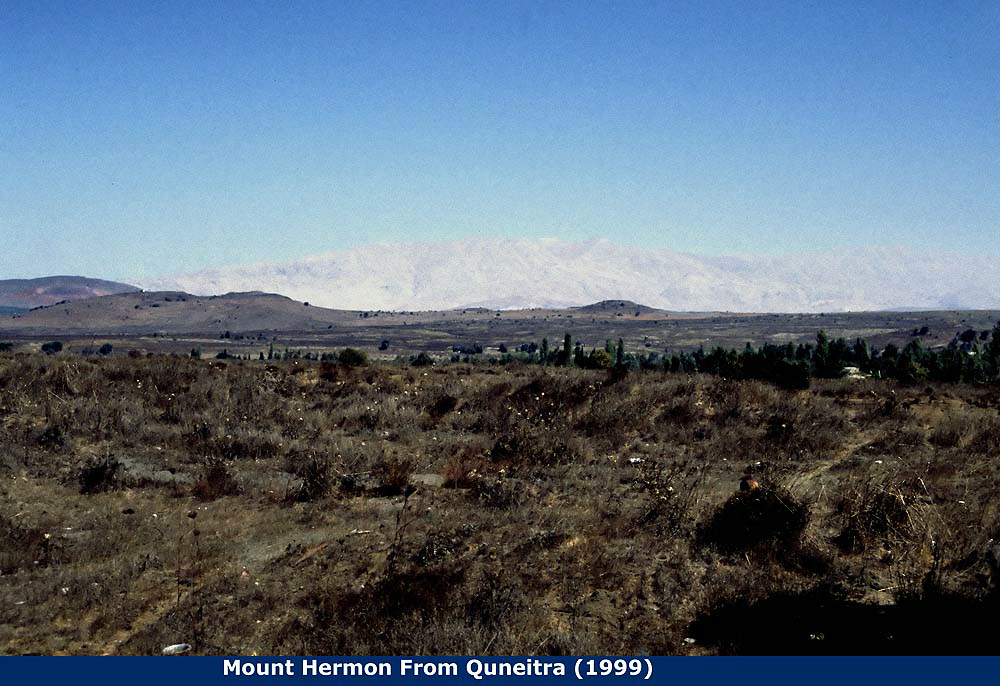
No comments:
Post a Comment